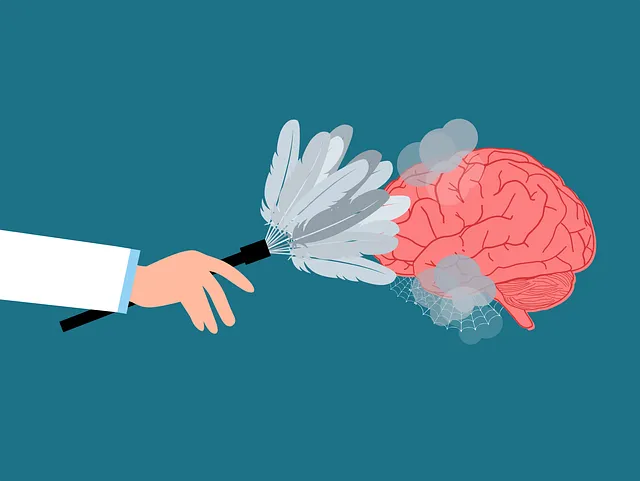Westminster Kaiser's mental health programs emphasize risk assessment to identify vulnerabilities and implement targeted interventions like Social Skills Training. They incorporate burnout prevention for staff, self-care practices for clients, and anxiety relief techniques. These holistic approaches aim to enhance well-being, reduce stigma, and empower individuals through comprehensive support systems in their mental health programs.
In today’s complex healthcare landscape, effective risk assessment and harm minimization planning are paramount, especially within Westminster Kaiser’s renowned mental health programs. This article delves into these critical strategies, offering a comprehensive guide for professionals aiming to safeguard client well-being. We explore the foundational principles of risk assessment in mental health, dissect key components of successful harm minimization planning, and examine Westminster Kaiser’s pioneering approach, providing valuable insights for enhancing care delivery and fostering safer environments.
- Understanding Risk Assessment in Mental Health Programs
- Key Components of Effective Harm Minimization Planning
- Westminster Kaiser's Approach to Safeguarding Clients
Understanding Risk Assessment in Mental Health Programs

Understanding Risk assessment is paramount in mental health programs, especially those offered by institutions like Westminster Kaiser. It involves a thorough evaluation of potential hazards and their likelihood to cause harm within the program’s environment. This process aims to identify vulnerabilities among participants, whether it’s related to pre-existing conditions or emerging issues during program engagement. By systematically analyzing these risks, mental health professionals can implement targeted interventions and develop comprehensive harm minimization plans.
Westminster Kaiser’s mental health programs integrate risk assessment into their framework to ensure participant safety. This includes tailoring support systems to individual needs through strategies such as Social Skills Training and Crisis Intervention Guidance. Public Awareness Campaigns Development also plays a role in promoting understanding and reducing stigma, indirectly contributing to better risk management.
Key Components of Effective Harm Minimization Planning

Effective harm minimization planning involves several key components that are crucial for ensuring the well-being and safety of individuals within mental health programs, such as those offered by the Westminster Kaiser system. Firstly, a comprehensive risk assessment is essential to identify potential hazards and vulnerabilities. This includes evaluating environmental factors, access to resources, and individual client risks, enabling professionals to proactively address concerns.
Secondly, tailored interventions should be developed based on identified risks. Integrating Burnout Prevention Strategies for Healthcare Providers can help mitigate professional exhaustion, enhancing the quality of care. Incorporating Self-Care Practices into the planning process encourages clients to prioritize their mental health and manage stress levels. Additionally, incorporating Anxiety Relief techniques as part of the program equips both providers and participants with tools to navigate and alleviate anxiety, fostering a supportive environment.
Westminster Kaiser's Approach to Safeguarding Clients

In conclusion, implementing robust risk assessment and harm minimization planning is paramount in mental health services, as demonstrated by Westminster Kaiser’s comprehensive approach. By understanding the intricacies of risk assessment and integrating key components into their strategies, programs like those at Westminster Kaiser can effectively safeguard clients and promote positive outcomes. This holistic approach ensures that individuals receiving mental health support are not only protected from potential harms but also empowered to navigate challenges and achieve long-term well-being.






